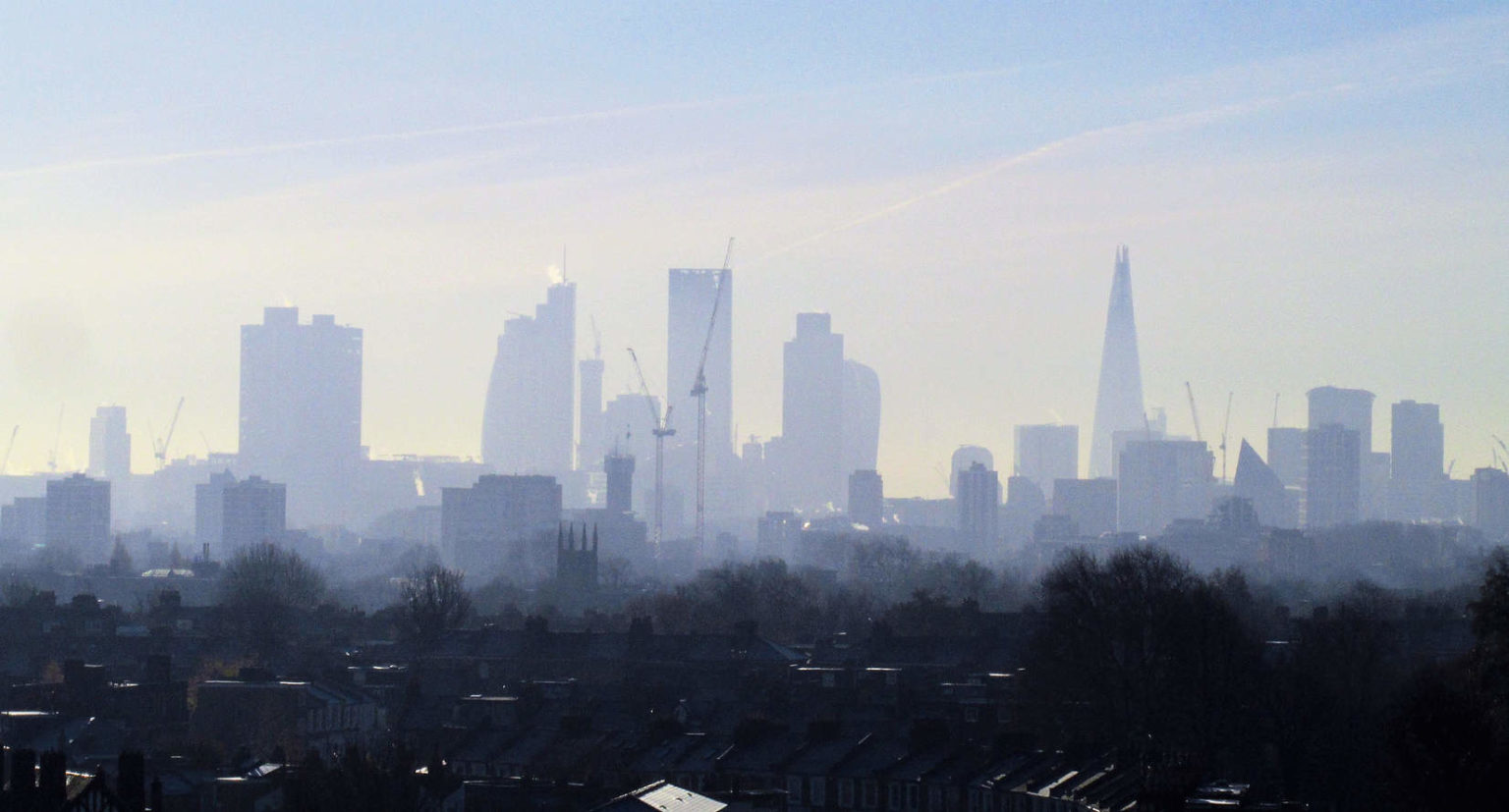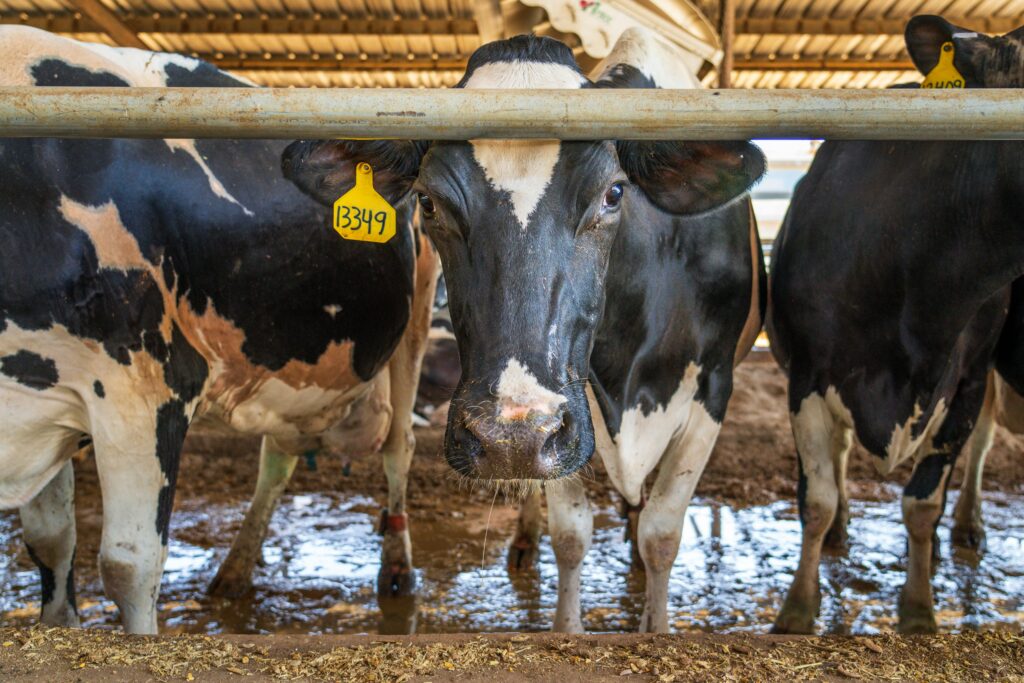By Alastair Lewis and Sarah Moller, The Conversation
The UK government has published a new clean air strategy for consultation. The document sets out plans to tackle emissions from a range of sources, including agriculture, industry and even wood-burning stoves. It all adds up to a subtle but important shift in emphasis away from simply meeting air quality targets to also reducing wider impacts on health and the environment.
In Britain, much of the debate about air quality has focused on roads and the issue of local roadside hotspots where air pollution exceeds legal limits. It is no surprise that the government’s critics have repeatedly pointed to a lack of action on diesel cars.
While this is understandable, it is one area where things are slowly getting better, partly through local actions and partly because, on average, newer vehicles actually do emit less pollution than the vehicles they are replacing. The highest concentrations of nitrogen dioxide (NO₂) in UK cities were typically seen in 2010 and in many places have declined since then. Some of the forecasts of future road transport emissions may also have been overly pessimistic. The strategy is banking on this trend continuing, and it restates the long-term target of phasing out fossil fuel-only vehicles by 2040.
What’s in the strategy
This is part of a wider focus which acknowledges that air pollution is much more than just a roadside problem. One eye-catching component concerns fine particulate matter, known as PM2.5 since the particles are less than 2.5 micrometers across. These are really too tiny to see with the eye, yet present a major health risk as particles this small can easily find their way deep into the lungs and finally the bloodstream.
The strategy now recognises the most stringent World Health Organisation limits for PM2.5, and includes an ambition to halve the number of people living in areas with concentrations above that limit. This would mean the UK was working toward meeting tougher PM2.5 standards than virtually every other industrialised nation.
The strategy sets out plans for reducing emissions across different source types rather just tackling each pollutant in isolation, in some cases with proposals for specific actions, in others more general ambitions for reductions. Interesting examples in the strategy include a proposed gradual retirement of diesel trains and the voluntary labelling of solvents in consumer products. It also looks serious about finally tackling the long-standing issue of ammonia emissions from agriculture, and it raises the emerging health issue of managing indoor air quality.
This sort of multi-pollutant approach makes sense, since different classes of chemical can interact with one another to form secondary air pollution. For instance, nitrogen oxides (NOx) from combustion combine with ammonia from farming to create a substantial fraction of the particulate matter that is found in the air. That same NOx can also combine with gaseous solvents to form ozone. Real improvements can only be achieved by simultaneously reducing emissions from these disparate sectors.
Pollution does not respect borders
While the government will always be measured first against its ability to deliver good air quality at a local level, the strategy reflects that the health and ecological impacts do not stop at the borders of individual countries. Although less reported on than the ambient air quality standards, the EU also sets specific limits on the total emissions that each country can make, to minimise the spread of pollution between countries.
The need to manage air pollution at an international level is frequently cited in the new strategy. Limits on pollution emissions from each EU country are set in the National Emissions Ceiling Directive (NECD) and are straightforward to understand, if complex to actually estimate or measure. On this issue Brexit will not change things since the UK’s commitments to reduce emissions are mirrored in the standalone UNECE Convention on Long Range Trans-boundary Air Pollution, to which the UK (along with 50 other countries, including the US and Canada) is a signatory.
The location of the UK means that it has the good fortune to be less affected by trans-boundary pollution than many other countries – there is a very large and generally very clean Atlantic ocean upwind. But even Britain feels the effects on occasion and many of its smoggiest days, particularly in southern England, are exacerbated by pollution flowing in from mainland Europe.
A focus in the strategy on reducing emissions, even when local air quality targets have been met, reflects that UK has signed up to new binding limits for trans-boundary pollution in 2020 and 2030, and these will require close to a halving of emissions of some pollutants. One reason why NECD has rarely been in the headlines is that up until now, meeting these national targets has been quite straightforward, as compared to ambient concentrations where limits have been frequently exceeded. By the 2020s it seems likely that ambient concentrations will have fallen further. At this point, meeting the increasingly tough international emissions targets may become the new legal compliance challenge.
There will no doubt be debate over whether the strategy moves far or fast enough to clean up the outstanding urban hotspots. Quantifying the broader success, or failure, of the strategy over the long-term will however be complex. It’s relatively easy to measure the concentration of pollutants in the air, but it is more difficult to devise metrics that capture all the intended benefits, such as improvements to health, productivity and to the wider environment. This is where the government will need to work hard to convince those that may have to pay, that investment in emissions reduction is money well spent.
This article was originally published on The Conversation.
Image: CC by 2.0/David Holt/Flickr
Subscribe to our newsletter
Stay up to date with DeSmog news and alerts







